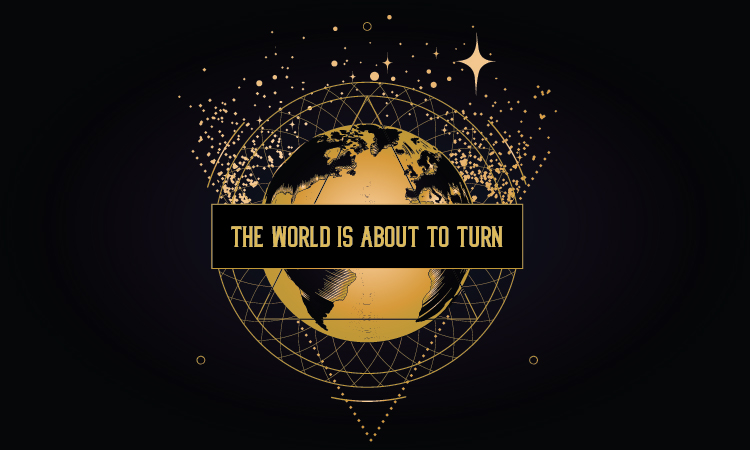My friend Nancy writes “there is no such thing as hope for those who refuse to see the need for hope.”*
Dave and I got married in January of 1993. On our first Christmas as a married couple, we were alone in an apartment I didn’t like. No kids or parents or friends were there. “Never again,” I thought secretly to myself. This was not the way I wanted it to be. And yet, I was afraid to hope for more. It was more than a bah humbug day, it was a deep fear of remaining lonely.
Perhaps you too have felt the tension between feeling afraid and feeling hopeful. However, when we look at the characters of Christmas, we see that most of them were a mixture of fear and hope. Mary was afraid of the angel’s news but said, “Let it be.” Joseph was startled afraid by a dream but changed his mind and married her anyway. The shepherds were terrified and the wise men took the back road home for fear of Herod. Maybe hope is found in the midst of the fear.
Sometimes when we face the fear directly, we discover hope. In her book “Willful Blindness: Why We Ignore the Obvious at Our Peril,” Margaret Heffernan writes “We know – intellectually – that confronting an issue is the only way to resolve it. But any resolution will disrupt the status quo. Given the choice between conflict and change on the one hand, and inertia on the other, the ostrich position can seem very attractive.”
As we begin this season of Advent, waiting for the good news to be born again, we can choose to take off our rose colored glasses and look directly at what makes us tremble in fear. What have we been “willfully blind” to? What truth do we prefer not to see? Then, we shall discover the miraculous hope of the manger, new life from heaven born in a feed trough.
* Dr. Nancy Claire Pittman, Phillips Theological Seminary


